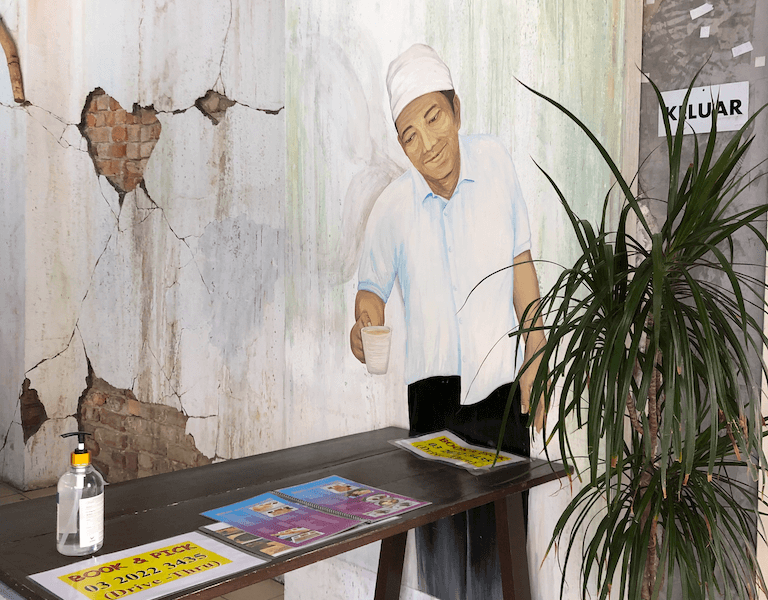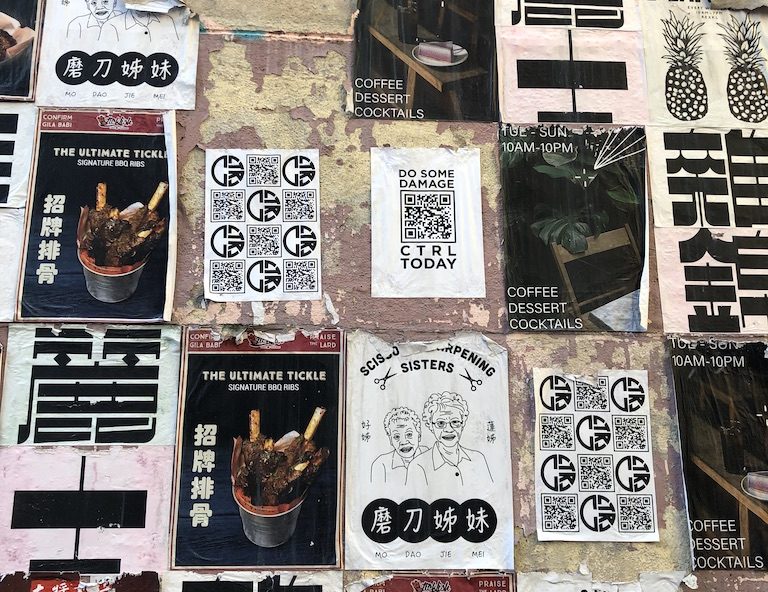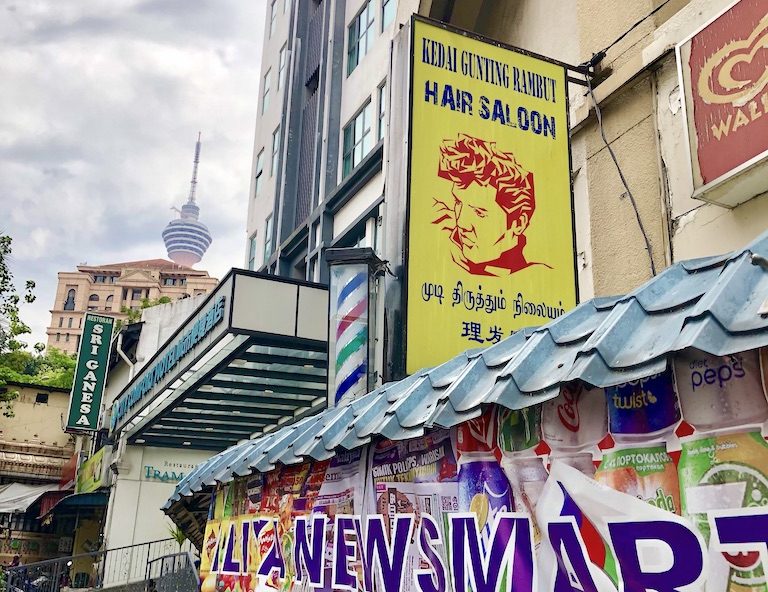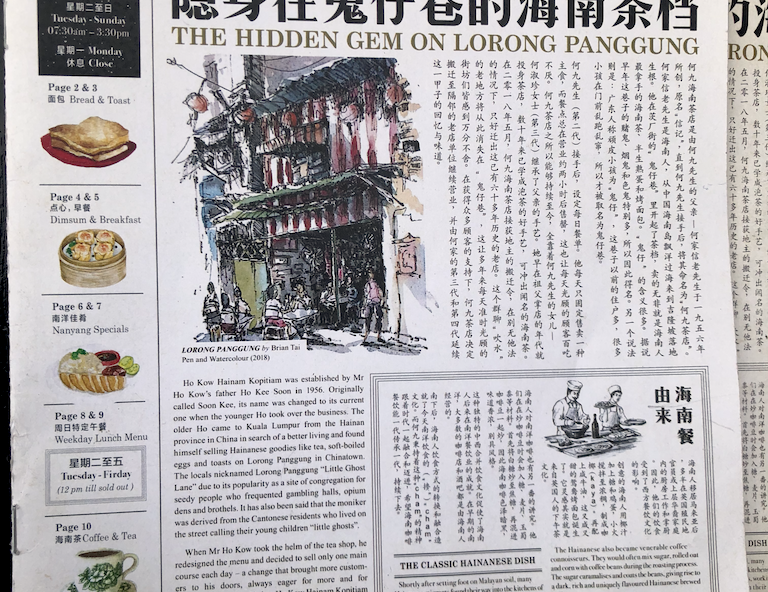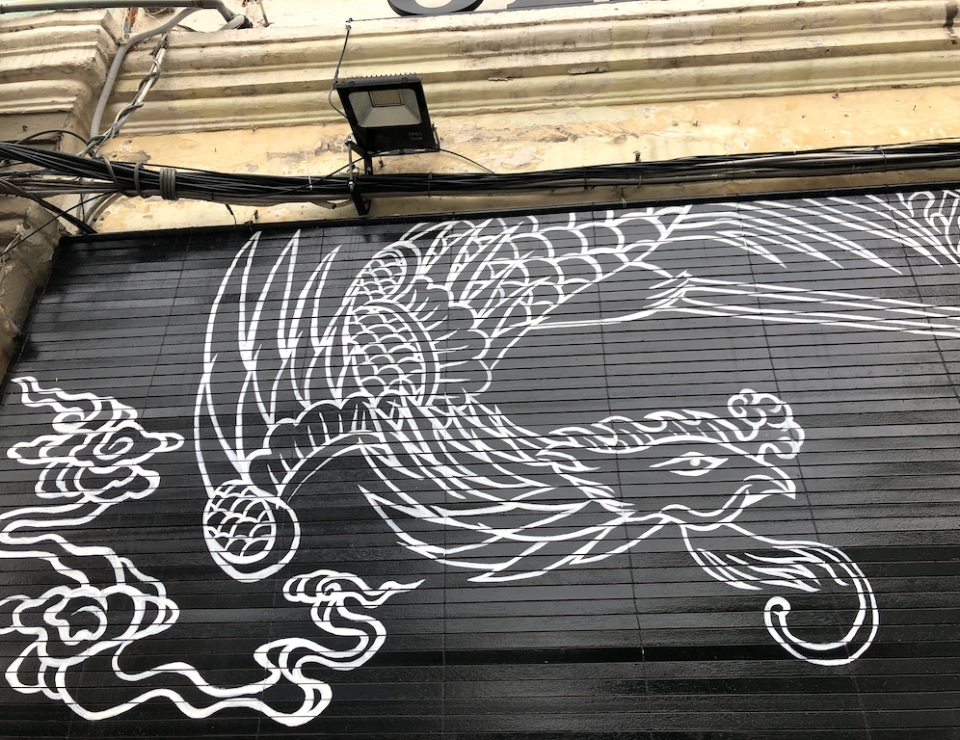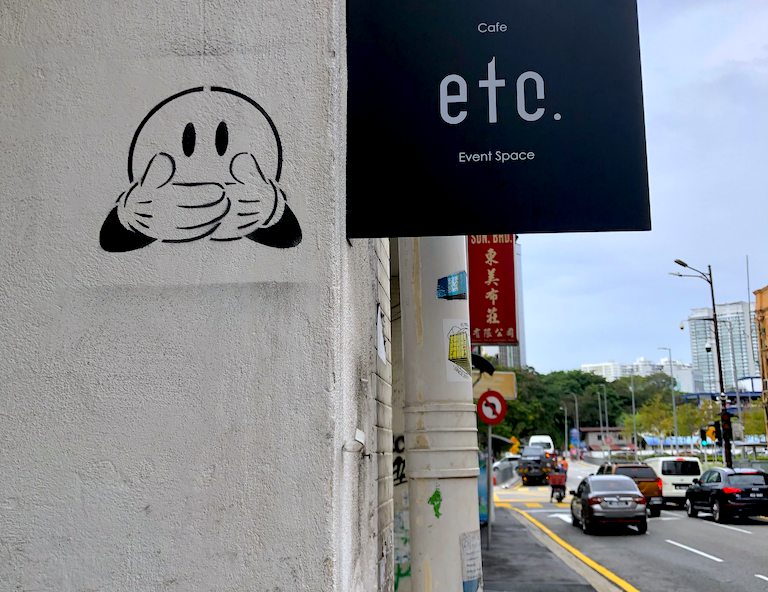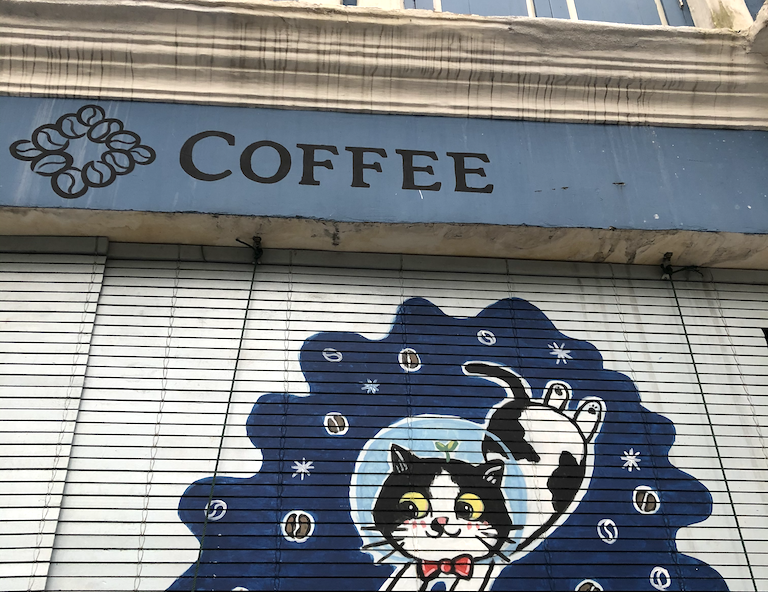Discovering Downtown Kuala Lumpur’s Creative Spirit
From traditional biscuit shops and old Malay woodcrafts to new takes on age-old kopitiams and inns, the heritage district of Downtown Kuala Lumpur is beginning to display a new creative identity brought to life by its own community.
Warning: Some of the imagery or language depicted within these photos may cause discomfort or be deemed offensive. Our intention is to capture the situation in Downtown KL as is. Please proceed at your own discretion. All photos taken by Maya Tan. All rights reserved by Think City.
Lush with historical significance, shops plying iconic wares and heritage buildings, Downtown Kuala Lumpur has seen a revival of late, with an injection of new businesses displaying design savvy and innovation in preserving the old, ushering in the new, and bringing diversity and colour to what was a fast-fading urban treasure. We explore the creative decisions within Downtown KL to uncover a new visual identity created by its community . Equal parts old world and new, with a distinct colour palette and a unique charm, perhaps Downtown KL is on its way to becoming Malaysia’s premiere creative and cultural district.
Old World New Charm
Beyond just a fresh coat of paint, nostalgia is very much alive in Downtown KL. Salvaged and repurposed windows, doors and other fittings are combined in a new retro-eclectic style as seen at Mingle Kuala Lumpur.
Exposed brick, whether original or intentional, is a trend that alludes to an acknowledgement of what was (as seen at Beryl’s and LOKL Coffee). There is also diversity in the representation of imagery despite Downtown KL being synonymous with the Chinatown moniker.
Where past façades and storefronts have been modified, some community businesses have also intentionally recreated historical scenes in the form of murals or sculpture, as seen in Ali Muthu Ah Hock’s Dang Wangi outlet and the sculpture of a concubine in Kwai Chai Hong (loosely translated as White Man’s Alley, also known as Lorong Panggung today), where British officers used to indulge their vices, paying homage to the past.
It is also notable that many of the original signs of repurposed buildings have been kept intentionally, again, a sign that the community chooses for Downtown KL’s past to remain very much a part of the present, as with Light Capture.
Typography
From Jao Tim’s art deco font to Timothy’s weathered multilingual signage (reminiscent of a more inclusive time), Lim Kee Café’s cinemascopic perspective typeface and Malaya Garden’s retro-luxe aesthetic, the overall sentiment in the choice of typography by the community remains nostalgic of the yesteryears. Meanwhile, fresh and friendly fonts seen at Tapping Tapir, Pandan Republic and the One Kind Market sit side-by-side with a pastiche of font styles originating across the decades – from Kafei Dian’s Old Shanghai aesthetic to Kien Fatt Medical Store’s bold text juxtaposed against a mid-century modern tiled façade, to Nu Lycie’s faded 80’s pop, remnant treasures such as the Foto Pak Tai storefront and other found signage and text from pawn shops and seafood restaurants through to street graffitti slogans and the sleek minimalist signs of today (see Kaffe 16).
Art & Design
There’s something about the spirit of Downtown KL that dovetails with art and creativity, and the freedom of expression; artists feel that this is a safe space to express themselves. Unofficial street art is abundant from slogans to graffiti and declarations of love. New marketing bills are indistinguishable from actual street art – they form part of the same Downtown identity. It’s heartwarming to find traditional barbershop signage, still carrying an Elvis-inspired illustration – iconic quiff intact – depicting the hairstyle icon of the yesteryears, amidst the most contemporary signs such as the minimalist aesthetic of Small Shifting Space. New art continues to pay homage to the past; art framing the back entrance of Sin Hing Loong feature characters from the China of old but with a tongue-in-cheek reference to today featuring everyday modern objects such as a plastic soda bottle and gas cannisters. In the case of the spray-painted smiley next to Etc’s sign – could there have been thought put into ensuring a happy co-existence?
Greening
Greenery is part and parcel of Downtown KL, whether intentional or not, again reflecting the spirit of allowing the original visual landscape to remain a part of the renewed and repurposed buildings. A conscious movement in making greenery a part of Downtown KL can be seen whether in the form of potted greens, rooftop farming or simply allowing organic greenery to be an integrated part of façades.
Colour Palette
Unwittingly or not, a distinct colour palette has taken hold in Downtown KL, despite disparate creative decision-making made by different members of the community. A palette of primary colours expands into a medley of diversified shades and tones. Red is prominent throughout, a nod to the longstanding Chinatown district, the streets surrounding Jalan Petaling. The new Downtown KL, however, finds derivatives of yellows from lemon to mustard, teals and bright greens, faded to dynamic sky blues and shades across the red spectrum.
Character
While the visual landscape of Downtown KL has many interesting design facets, the most important aspect is undoubtedly brought by its people and the unexpected discoveries in its nooks and crannies. While some scenes are part and parcel of the daily Downtown landscape some are lovingly constructed spaces. Old friends give each other massages, while downtown felines chill in cosy homes provided by their football fan owners, and traditional businesses reside next to chic, contemporary spaces – a clear indication that despite the new wave of creative new businesses, the history and original spirit of Downtown KL is here to stay.





